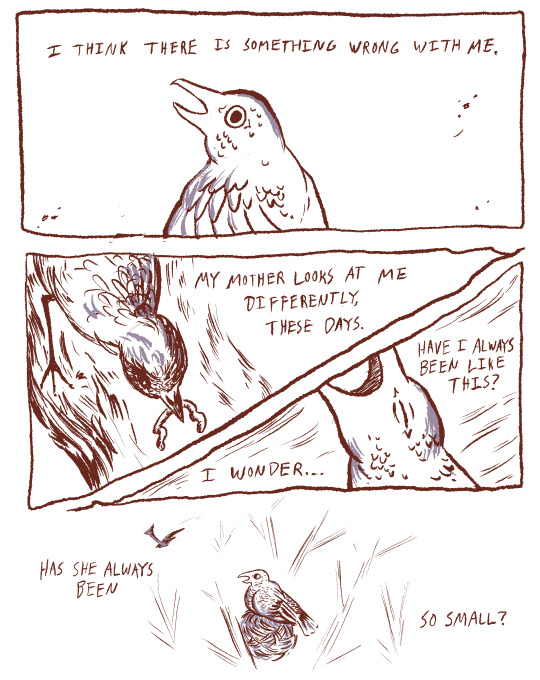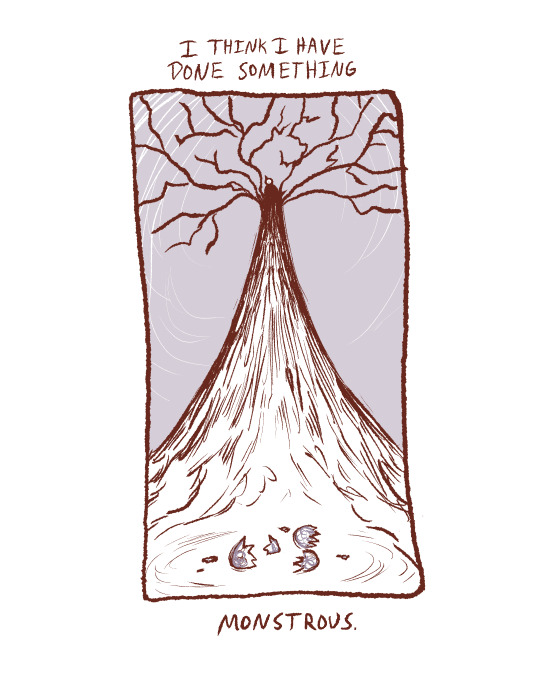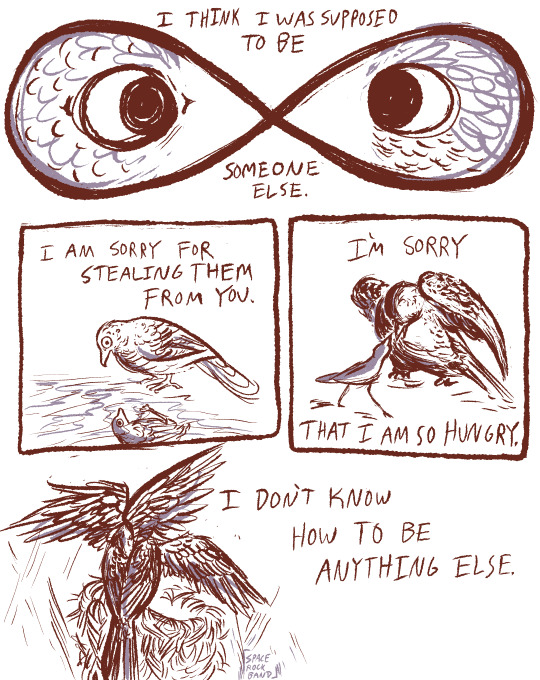My name is Bri and I am here to DO A WRITE. I am a mess and so is this blog! Follows/replies as darlingtons-voyster
Last active 60 minutes ago
Don't wanna be here? Send us removal request.
Text
What is going on with me that makes me more and more desperate to be owned by someone who treats me like their faithful dog
136 notes
·
View notes
Photo




labs that are also churches. to me
(1. annie dillard, teaching a stone to talk 2. the deep underground neutrino experiment, a.k.a. DUNE 3. the large hadron collider 4. the sudbury neutrino observatory)
63K notes
·
View notes
Text
first day as a second century warlord i have my men tie branches to their horses’ tails to stir up dust and make it look like there’s a lot of us but i forget it just rained so there isn’t any dust and the enemy can clearly see there’s like twenty of us all spread out in a line
135K notes
·
View notes
Text
I've been thinking for a long time whether to take new suits or last year's and decided to choose the second option to show the contrast in their relationship over the past time 🦊🦊
They also decided that Neil doesn't need makeup this year 💪🏻

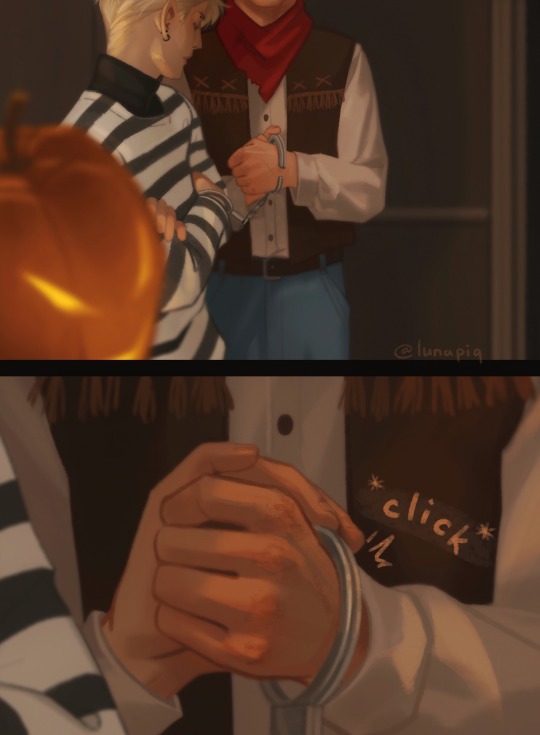
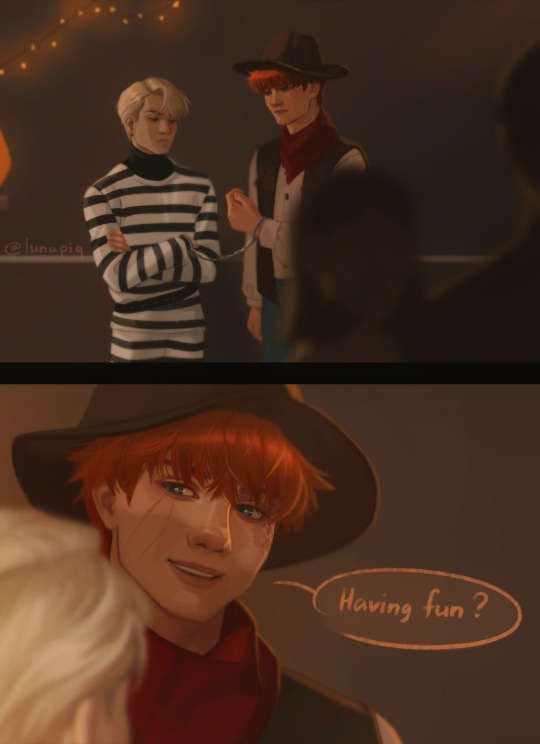
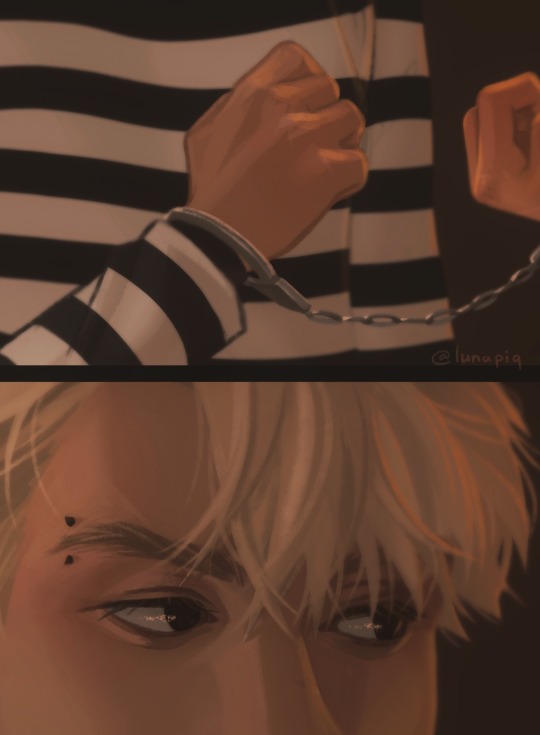

4K notes
·
View notes
Text
i recently found out the funniest thing about big horses recently which is that for centuries humans have sworn that the feathering on big horse’s legs has been bred in there for a reason, and the reason given is usually something to do with how it helps keep the joints warm and safe when the big horse is doing hauling work in fields.
the thing is: it doesn’t appreciably do that, because the feathers wick up water and mud, which cancels out any insulation advantage they might hypothetically confer, and also it wasn’t even put there on purpose.
the Leg Get More Hair gene is just linked to the Bones Get More Big gene. when you breed any lineage of horses to have bigger bones–not just taller, but chunkier–the leg hair just happens anyway. so every single breed of draft horse has feathered legs, and even carriage horses like friesians get feathers once they hit a certain threshold of lorge.

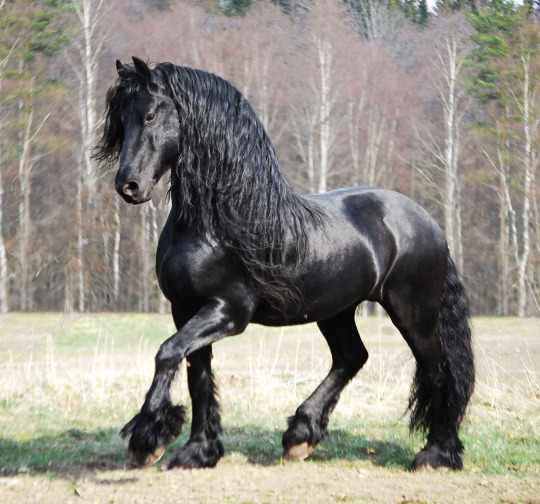
when you supersize your horse, mother nature throws in a free pair of booties. how cool is that?
67K notes
·
View notes
Text
Had a dream that wizards of the coast replaced elves, dwarves, gnomes and halflings with a sort of giant cannibalistic frog, and their section of the players handbook took up 800 pages
38K notes
·
View notes
Text

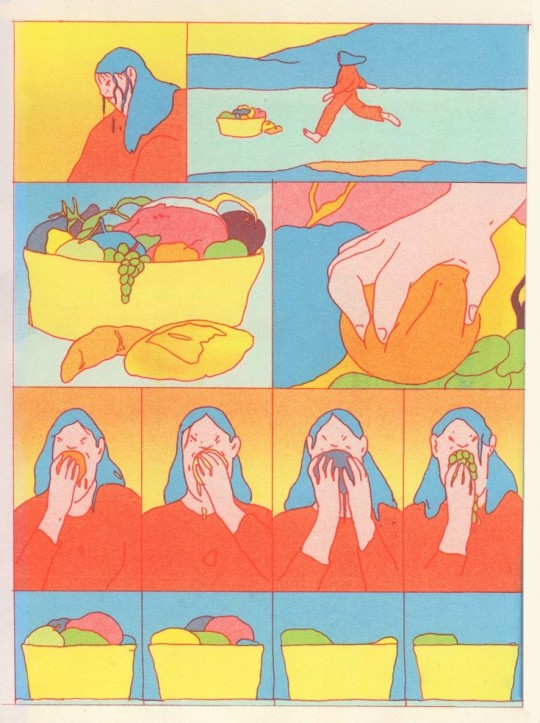



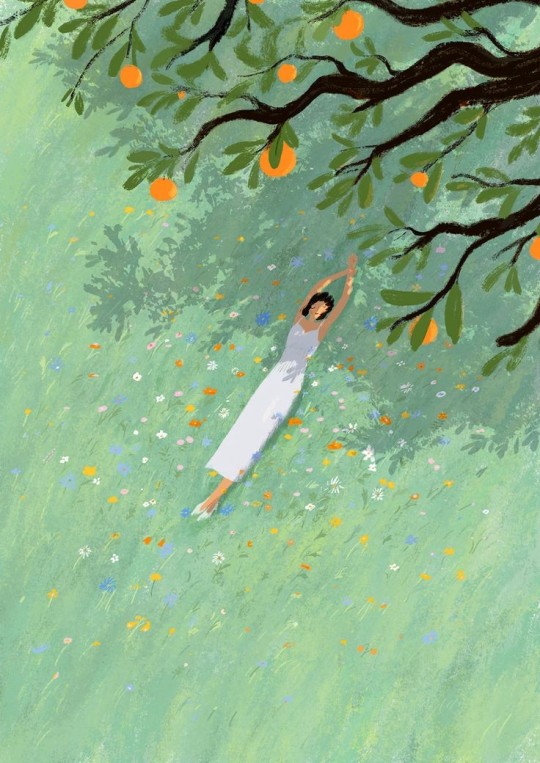
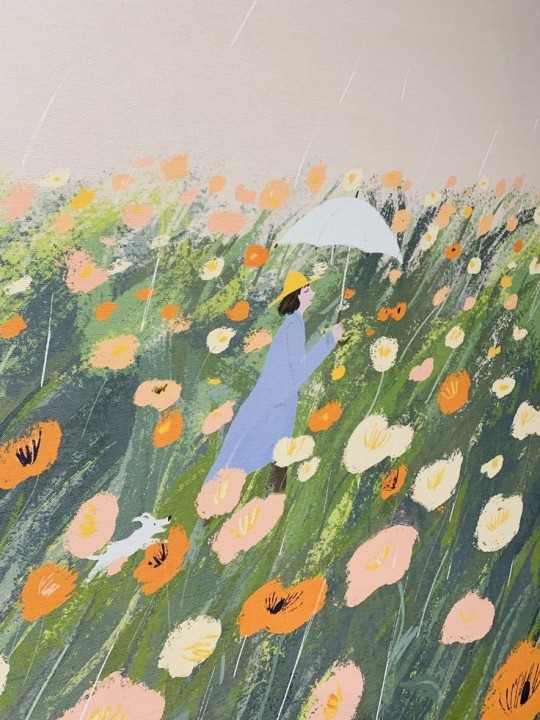

it could mean something, it could mean everything
Keep reading
9K notes
·
View notes
Text
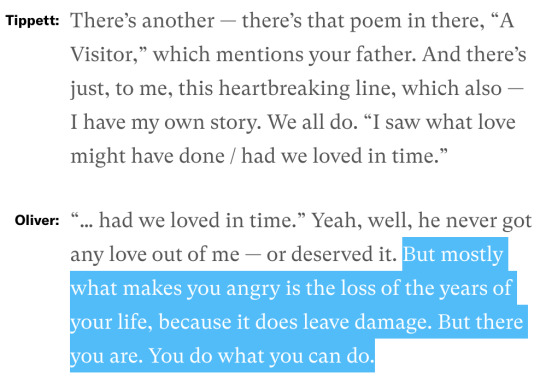
Mary Oliver, In an Interview by Krista Tippett
6K notes
·
View notes
Text
when gansey called declan a manwhore……..GKLDFJGJDFSLJLJKFLGKJFJKLLJKLJKDFGLKJFKLJDFKLJDG
139 notes
·
View notes
Text
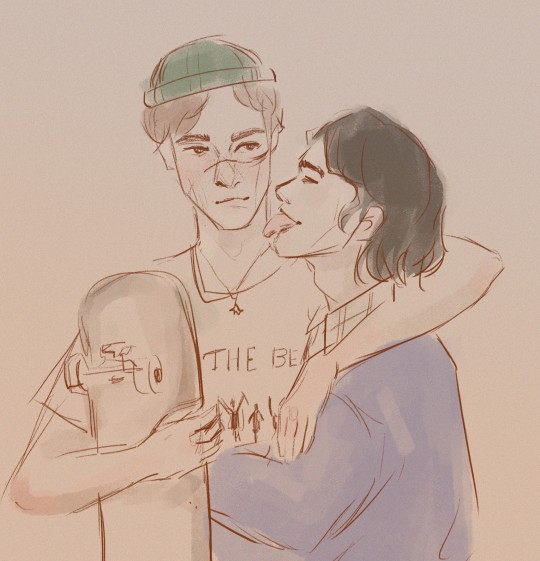
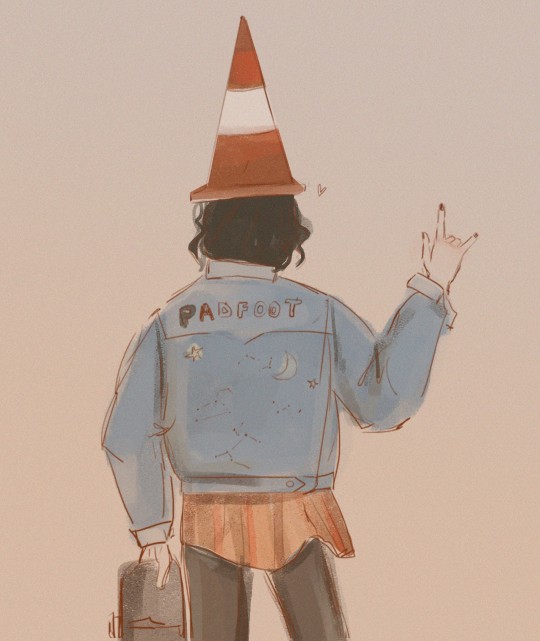

sketches for skater AU inspired by this headcanon on Twitter
319 notes
·
View notes
Photo

Got some comments about the Fuck Shit Up-jacket, so I present to you: Aziraphale Goes Fucking Feral.
25K notes
·
View notes
Text
Things to keep in mind when you write about stuff that happens in a dystopian desert wasteland
Most of a character’s clothing will be to protect them from the sun during the day. Even if it’s balls hot, you need to be protected from sun damage. No matter your skin tone, enough sun exposure WILL burn you.
They’ll also have to dress in layers to keep warm at night because the temp drops harshly in the desert when the sun goes down. I mean seriously, you could freeze to death. It’s cold at night.
Resting in the shade at midday is a good idea to both conserve energy and bodily fluids. Sweating has a cost, hydration.
A good 70% of what a character will be thinking about is water. Don’t drink enough, you die.
Anything is food if you’re hungry enough. That can go a lot of dark places but sadly it’s true.
Speaking of “everything is food” after long enough without anything to eat, your body will start eating itself.
Always toast the hair off tarantulas before eating them. The hairs are an irritant they use as a defense mechanism and they can brush off their abdomen hairs onto you if you mess with them.
Do. Not. Eat. Lizards. Raw. Lizards carry all sorts of parasites transmissible to humans. It will not be a good time. Cook them thoroughly.
Sand gets into everything. Everyone in the desert has a sandy buttcrack.
Screaming at the sun/moon occasionally is fine, just don’t go overboard and piss them off.
Head bobbing at monitor lizards is a pretty good stress reducer.
Avoid rocks that look kinda shaped like a human face. That’s probably not a rock.
Don’t talk to rocks.
Chatting up scorpions is fine from a distance.
Don’t sleep in the open.
This got weird fast.
7K notes
·
View notes
Text
Demystifying the DSM-V: PTSD
Alright. Time for a heavy topic.
First off, for these disorders, your character needs to have gone through a traumatic event (or multiple ones).
Note - there are two different sets of criteria for PTSD. One is for adults and children older than six; the other is for children 6 years and under.
These are the adult criteria:
A trauma is defined as being exposed to actual or threatened death, serious injury, or sexual violence, in one or more of the following ways:
Directly experiencing it
Witnessing in person the trauma as it happened to someone else
Learning that the trauma happened to a close family member or friend. If the person dying or nearly dying is the traumatic event, it has to have been violent or accidental
The character has been repeatedly and excessively exposed to awful details of traumatic events. This is typically seen in first responders, police officers investigating child abuse, etc.
So your character has, in some way, been through something pretty hellish. What comes next? As I discussed in one of my earliest posts, not everyone going through a traumatic event gets PTSD. There are a lot of factors involved.
But your character is one of the unlucky ones.
There are few clusters of symptoms the character needs to have experienced some of to get a diagnosis of PTSD.
Intrusion (1 or more of the following):
Repeated, unwanted, inescapable and extremely stressful memories of the trauma
Frequent nightmares about or similar to the trauma
In children above 6, the nightmares may not seem related
Dissociative reactions / Flashbacks - the character feels or acts as if the trauma is happening again. Flashbacks range from relatively mild to severe (to the point where the character loses all awareness of their present surroundings)
Children above 6 might reenact the trauma in play
Severe stress when the character is exposed to internal or external cues that are similar to the trauma
An example would be someone who nearly died in a car crash freaking out when riding in a car and someone slammed on the brakes.
Bodily reactions to internal or external cues that are similar to the trauma
Such as someone’s heart pounding and feeling like they’re going to pass out when they’re being followed
Avoidance (1 or both of the following):
The character avoids (or tries to avoid) memories, thoughts, or feelings related to the trauma.
The character avoids (or tries to avoid) external reminders (such as people, places, objects, situations) of the trauma.
Negative Cognition / Mood (2 or more of the following):
The character can’t remember an important part of the trauma
The character has enduring, strong negative beliefs / expectations about people, the world, or themselves
Ex - “No one can be trusted,” “I’m tainted goods,” “I am a bad person”
The character’s thoughts about what caused or resulted from the trauma are distorted, leading the character to blame themselves or others
“It’s all my fault - I brought this on myself”, “This would never have happened to me if you hadn’t…”
Persistent negative emotional state (fear, horror, anger, guilt, shame)
The character can’t experience positive emotions, such as happiness, or love
The character isn’t as interested in activities they used to like
The character feels distant or estranged from others
Arousal and Reactivity (Not that kind of arousal. Seen through 2 or more):
The character is irritable and angry
This can be seen through verbal or physical aggression towards people or objects
The character is reckless and self-destructive
Hypervigilance - see my post here!
Exaggerated startle response - when the character is surprised, they flip out
Problems concentrating
Trouble sleeping / insomnia
All of these symptoms have to have been experienced by the character for more than 1 month.
These symptoms cause the character stress and seriously makes their life more difficult.
PTSD for children under 6
Alright, now PTSD for children 6 or younger is slightly different.
A trauma in this case is defined as being exposed to actual or threatened death, serious injury, or sexual violence, in one or more of the following ways:
Directly experiencing it
Witnessing in person the trauma as it happened to someone else, especially caregivers
Learning that the trauma happened to a parent or caregiving figure.
Again, there are clusters of symptoms required.
Intrusion (1 or more of the following):
Repeated, unwanted, inescapable memories of the trauma
These memories may not always appear distressing, and may be shown through play reenactment of the trauma.
Frequent nightmares that may or may not be related to the trauma
Dissociative reactions / Flashbacks - the character feels or acts as if the trauma is happening again. Flashbacks range from relatively mild to severe (to the point where the character loses all awareness of their present surroundings)
Children above 6 might reenact the trauma in play
Severe stress when the character is exposed to internal or external cues that are similar to the trauma
Bodily reactions to internal or external cues that are similar to the trauma
One or more of Avoidance OR Negative Cognition / Mood
The character avoids (or tries to avoid) activities, places, or physical reminders of the trauma.
The character avoids (or tries to avoid) people, conversations, or social interactions that remind them of the trauma
The character is much more frequently in a bad or sad mood
The character isn’t interested in activities they previously liked, or don’t play very much
They’re withdrawn socially
They don’t seem to experience positive emotions frequently
Arousal and Reactivity (Not that kind of arousal. Seen through 2 or more):
The character is irritable and angry, resulting in extreme temper tantrums
Hypervigilance - see my post here!
Exaggerated startle response - when the character is surprised, they flip out
Problems concentrating
Trouble sleeping / insomnia
All of these symptoms have to have been experienced by the character for more than 1 month.
These symptoms cause the character stress and seriously makes their relationships with others strained.
There are a couple specifiers for both types. First, the character may have dissociative symptoms - specifically depersonalization and/or derealization (see my post here!)
You also need to specify if the PTSD had a delayed expression - meaning that all the criteria were not met until at least 6 months after the trauma.
2K notes
·
View notes
